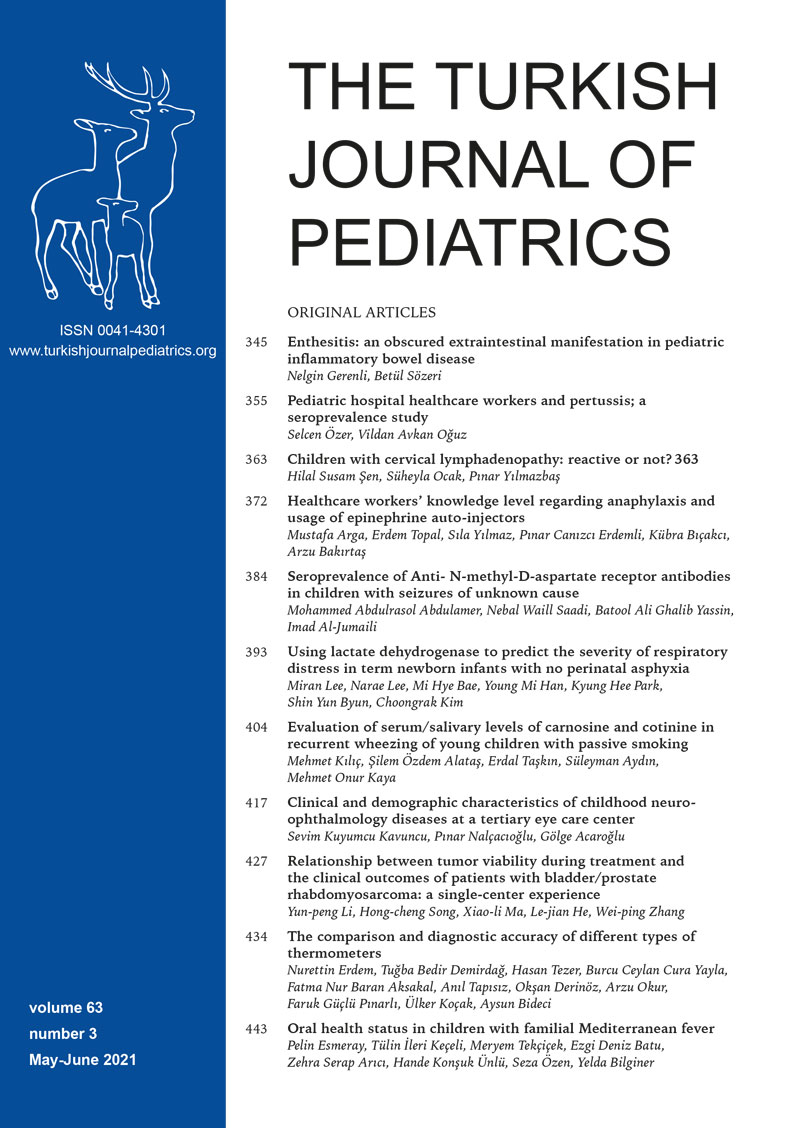Abstract
Background. To analyze the relationship between tumor viability in specimens retrieved at second-look procedures (SLPs) and clinical outcomes in patients with bladder/prostate rhabdomyosarcoma (BP RMS).
Methods. We retrospectively analyzed patients` characteristics, times between diagnoses and SLPs, types of SLPs, the pathological findings, and clinical outcomes between January 2003 and May 2014.
Results. A total of 29 patients underwent at least one SLP before completing chemotherapy, including 24 boys and 5 girls. The mean age was 36 months. No patients with clinical/radiographic complete responses (CRs) had viable tumor cells and 7/18 patients (38.9%) without CR had no viable tumor cells. Seven patients experienced tumor relapse, progression, and metastasis, and three of these survived. Five-year event-free survival (EFS) rates were 88.5% in 18 patients without viable tumor at SLPs and 54.5% in 11 patients with viable tumor (Cox proportional hazards adjusted P=0.045). The respective five-year overall survival (OS) rates were 94.1% and 72.7% (Cox proportional hazards adjusted P=0.175).
Conclusions. EFS was increased in patients with BP RMS having no viable tumor cells; however, OS was comparable in patients with and without viable tumor cells. Patients who achieved CR during the treatment generally had no viable tumor cells.
Keywords: bladder/prostate, outcome, rhabdomyosarcoma, second-look procedures
Copyright and license
Copyright © 2021 The Author(s). This is an open access article distributed under the Creative Commons Attribution License (CC BY), which permits unrestricted use, distribution, and reproduction in any medium or format, provided the original work is properly cited.














